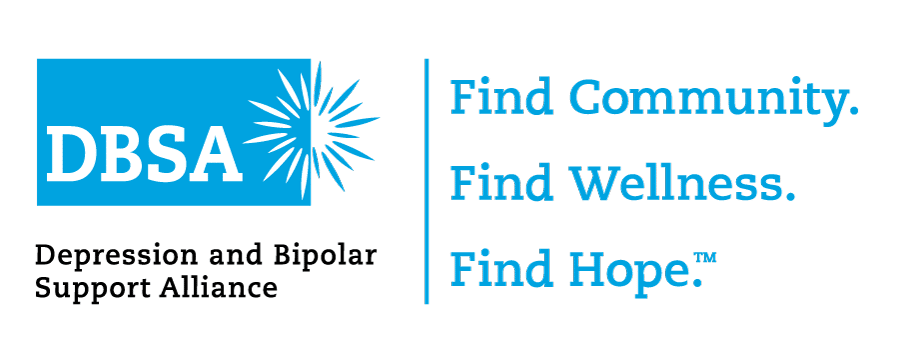Depression is a serious but treatable medical condition that affects how a person feels, thinks, and acts. Though typically characterized by feelings of sadness, depression symptoms may appear as irritability or apathy. Tasks that seemed to be easy before may take longer because of lack of concentration. Sometimes other illnesses or medications can cause or mimic symptoms of depression, so it’s important to have a complete physical examination.
For statistics about depression, click here.
On this page:
- Depression Diagnosis
- Symptoms of Depression
- Depression Screeners
- Risk Factors
- Types of Depression
- Depression in Children
- Depression in Young Adults
- Depression in Older Adults
- Depression Treatment Options
Depression Diagnosis
Symptoms must be present for at least two weeks for a diagnosis of depression. The screeners provided below are confidential assessment tools to explore your mental health and determine whether you should contact a mental health professional.
Symptoms of Depression
Symptoms of depression include
- prolonged sadness or unexplained crying spells;
- significant changes in appetite and sleep patterns;
- irritability, anger, worry, agitation, anxiety;
- pessimism, indifference;
- loss of energy, persistent lethargy;
- feelings of guilt, worthlessness;
- inability to concentrate, indecisiveness;
- inability to take pleasure in former interests, social withdrawal;
- unexplained aches and pains; and
- recurring thoughts of death or suicide.
Depression Screeners
- Screening for Adult Depression
- Screening for Child/Adolescent
- Screening for Child/Adolescent (Parent Version)
Risk Factors
While there is no one single cause of mood disorders, researchers have identified a number of risk factors that may contribute to an individual experiencing a mood disorder.
These risk factors include:
- having a family member who lives with a mood disorder or other mental health condition;
- having specific genetics or brain structure;
- experiencing trauma or stressful life events;
- and, excessive use of drugs or alcohol.
Types of Depression
Major Depressive Disorder
People who have major depressive disorder have had at least one major depressive episode (five or more symptoms for at least a two-week period). For some people, this disorder is recurrent, which means they may experience episodes once a month, once a year, or several times throughout their lives. People with recurrent episodes of major depression are sometimes said to have unipolar depression (or what used to be called “clinical depression”) because they only experience periods of low, or depressed mood.
Persistent Depressive Disorder
Persistent depressive disorder (formerly dysthymia) is a continuous long-term, chronic state of low-level depressed mood. The depressed state of persistent depressive disorder is not as severe as with major depression, but can be just as disabling.
Postpartum Depression
Postpartum depression is characterized by feelings of sadness, indifference, exhaustion, and anxiety that a woman may experience after the birth of her baby. It affects one in every nine women who have had a child, and can affect any woman, regardless of her age, race, or economic background.
Bipolar Depression
People diagnosed with bipolar disorder have mood swings involving both lows (bipolar depression) and highs (called mania if severe or hypomania if mild). When people experience the lows of bipolar disorder (bipolar depression), their symptoms are very similar to those that someone with unipolar depression might experience.
Seasonal Affective Disorder
Seasonal Affective Disorder (SAD) typically starts in the late fall and early winter and dissipates during the spring and summer. Depressive episodes linked to the summer can occur, but are much less common than winter episodes of SAD.
Psychotic Depression
Psychotic depression occurs when psychotic features such as hallucinations and delusions are accompanied by a major depressive episode, though psychotic symptoms generally have a depressive theme such as guilt, worthlessness, and death.
Depression in Children and Adolescents
Depression may have a slightly different set of symptoms when a child or teen has it. Children and adolescents may be more likely to have symptoms like unexplained aches and pains, irritability and social withdrawal. On the other hand, symptoms more likely to affect adults include slowed speech and activity, sleeping too much, and believing things that aren’t true (delusions).
Depression in children may co-occur with anxiety, disruptive behavior disorders or attention deficit disorder. Children should be treated by a physician with knowledge and experience in treating children with mood disorders. Health care providers, parents, and their children must weigh the risks of treating depression compared to the risks and lifetime impact of untreated depression and suicidal ideation. They should discuss all treatment choices, not just the use of antidepressants. All adults who interact with the child should become familiar with all suicide warning signs, regardless of what treatment the child is receiving. In addition, parents should educate teachers about what behavior they must report.
Learn more about depression in children Learn more about depression in teens
Depression in Young Adults
The transition to adulthood is challenging. Young adults (18-29 years of age) typically experience many changes such as moving out on their own, finding their first job, and building relationships with significant others. For those living with a mood disorder, this time of life can be particularly difficult. DBSA has specialized resources to help support young adults through these challenges as well as help them connect to other young adults.
Depression in Older Adults
Older adults may be going through changes such as children moving away, illness, moving to assisted living facilities, or the death of loved ones. All of these things can cause feelings of sadness or grief. But when feelings of sadness last for a significant length of time and keep older adults from enjoying life the way they used to, it may be a sign that they should seek treatment.
Depression treatment is especially important for older adults because they may have a greater risk of suicide. Loved ones should watch for signs such as preoccupation with death, increased visits or calls, hopeless statements, or difficulty following doctors’ recommendations.
Other illnesses may also be an issue for older adults with depression. Older adults should have complete physical examinations and their health care providers should be informed about all medications they take for all illnesses. Some medications for other illnesses may trigger symptoms of depression or have side effects that look and feel like depression.
It can help older adults have a group of people to talk to who have had similar experiences and can understand and offer support. They may feel apprehensive or ashamed at first, and not want anyone to know they are coping with a mood disorder. Most people of all ages in DBSA support groups also struggled with these feelings at first and can offer insight and support. Older adults are also encouraged to start support groups for older adults that meet earlier in the day, are accessible to people with disabilities, are closer to people’s homes, or meet other special needs.
Find a Local Support Group Find an Online Support Group Get Wellness Resources
Depression Treatment Options
As with any treatment or medical procedure, different people will have different responses. DBSA does not endorse or recommend the use of any specific treatment or medication. For advice about specific treatments or medications, consult your healthcare provider.
Tools to Help Manage Depression
When treating mood disorders such as depression, it’s important to take a holistic approach. DBSA has wellness tools that can help you build strength in areas that affect your overall well-being.



